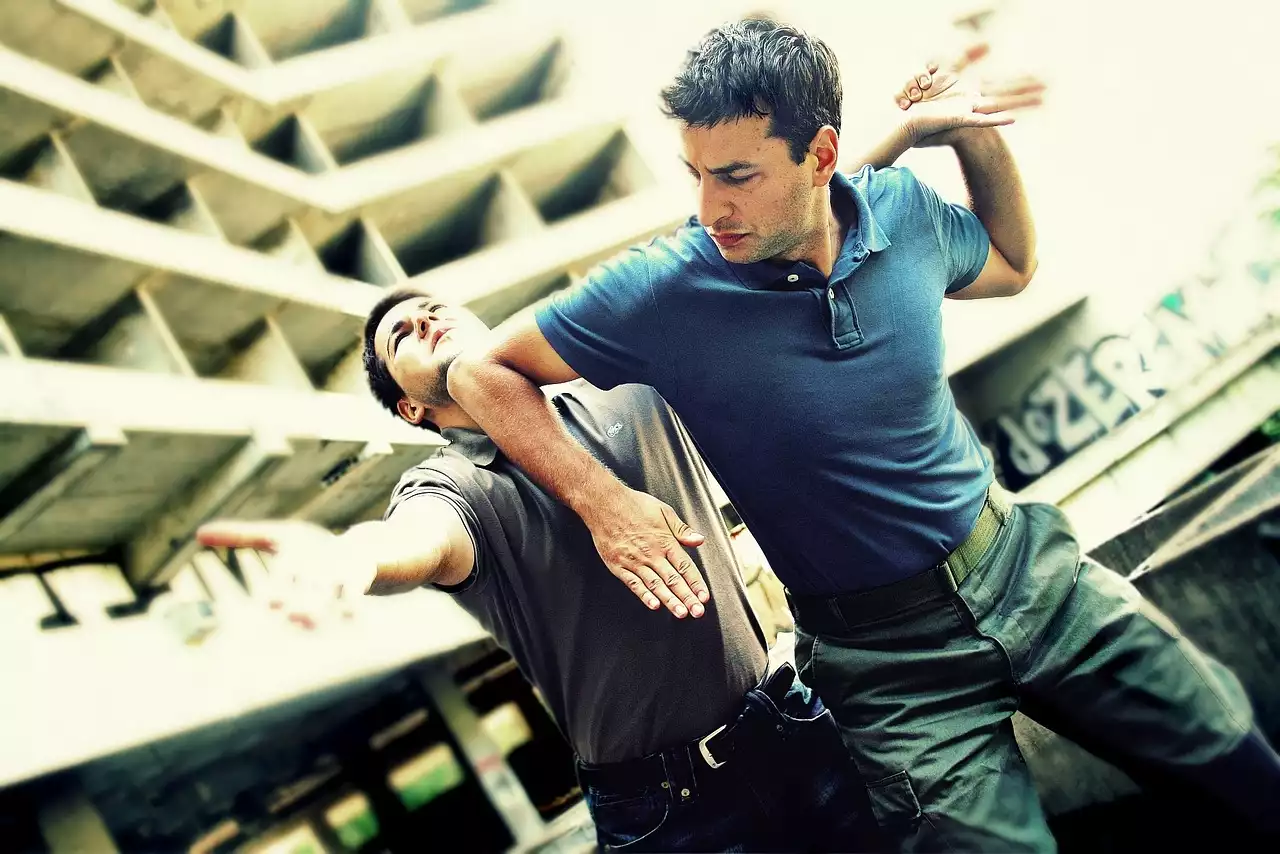History and Origins of Jujitsu
Jujitsu has its roots in Japan, where it was developed by the samurai warriors for self-defense. The art was designed to allow a smaller and weaker individual to defend themselves against a larger and stronger attacker. The techniques involved joint locks, throws, and strikes, and they were aimed at disabling the attacker without causing fatal injuries.
Jujitsu was later introduced to the West in the late 19th century and became popular among law enforcement and military personnel. The art continued to evolve and spread globally, with various adaptations and modifications made to suit different regions and styles.
Global Variations of Jujitsu
Jujitsu has evolved into various forms across the globe, each with its unique techniques and styles. Brazilian jiu-jitsu is one of the most popular forms of jujitsu, and it has gained worldwide recognition thanks to its success in mixed martial arts competitions.
Another variation is Russian Sambo, which is a combination of jujitsu and wrestling, and it is known for its fast and aggressive techniques. There is also the Israeli Krav Maga, a self-defense system that incorporates jujitsu, wrestling, boxing, and other martial arts.
Cultural Influences on Jujitsu
Jujitsu has been heavily influenced by the cultures and traditions of the regions where it has been practiced. For instance, Brazilian jiu-jitsu was heavily influenced by the Japanese jujitsu, which was introduced to Brazil by Mitsuyo Maeda, a Japanese judo master.
The Brazilian jiu-jitsu style emphasizes ground fighting and submission techniques, which were developed to allow a smaller and weaker individual to defeat a larger and stronger opponent. The style has been adapted to suit the Brazilian culture, and it has become an integral part of the country's martial arts heritage.
Brazilian Jiu-Jitsu: A Closer Look
Brazilian jiu-jitsu is one of the most popular forms of jujitsu, and it has become a significant part of the mixed martial arts (MMA) world. The style was developed by the Gracie family in Brazil, who adapted the Japanese jujitsu techniques to suit their needs.
Brazilian jiu-jitsu emphasizes ground fighting and submission techniques, and it has become a popular choice for MMA fighters. The style has proven to be highly effective in the octagon, with many fighters using it to defeat their opponents.
Japanese Jujitsu: A Traditional Martial Art
Japanese jujitsu is the traditional form of jujitsu, and it has been practiced in Japan for centuries. The art was developed by the samurai warriors for self-defense, and it involves various techniques such as joint locks, throws, and strikes.
Japanese jujitsu has a deep cultural significance in Japan, and it is still practiced today by martial arts enthusiasts around the world. The style emphasizes the importance of discipline, respect, and honor, and it is considered one of the most effective self-defense systems.
Jujitsu Techniques and Training
Jujitsu techniques involve joint locks, throws, and strikes, and they are designed to disable an attacker without causing fatal injuries. Training in jujitsu involves practicing these techniques in a controlled environment, with partners of varying sizes and strengths.
Jujitsu training also involves strength and conditioning exercises to build the necessary strength and endurance required for the art. The training emphasizes discipline, respect, and honor, and it is designed to improve one's physical and mental well-being.
Jujitsu vs. Other Martial Arts
Jujitsu is often compared to other martial arts such as judo, karate, and taekwondo. While these martial arts share some similarities with jujitsu, they also have their unique techniques and styles.
Jujitsu emphasizes joint locks, throws, and strikes, while judo focuses on throws and grappling techniques. Karate is a striking art that involves punches, kicks, and strikes, while taekwondo focuses on kicks and strikes. Each martial art has its unique techniques and styles, and they are all effective in their own way.
Benefits of Practicing Jujitsu
Practicing jujitsu has numerous physical and mental benefits. The art is an excellent form of exercise that improves strength, endurance, and flexibility. It also helps to improve balance and coordination, which are essential for self-defense.
Jujitsu training also helps to improve one's mental well-being by promoting discipline, respect, and honor. It helps to build self-confidence and self-esteem, and it teaches individuals how to overcome challenges and adversity.









